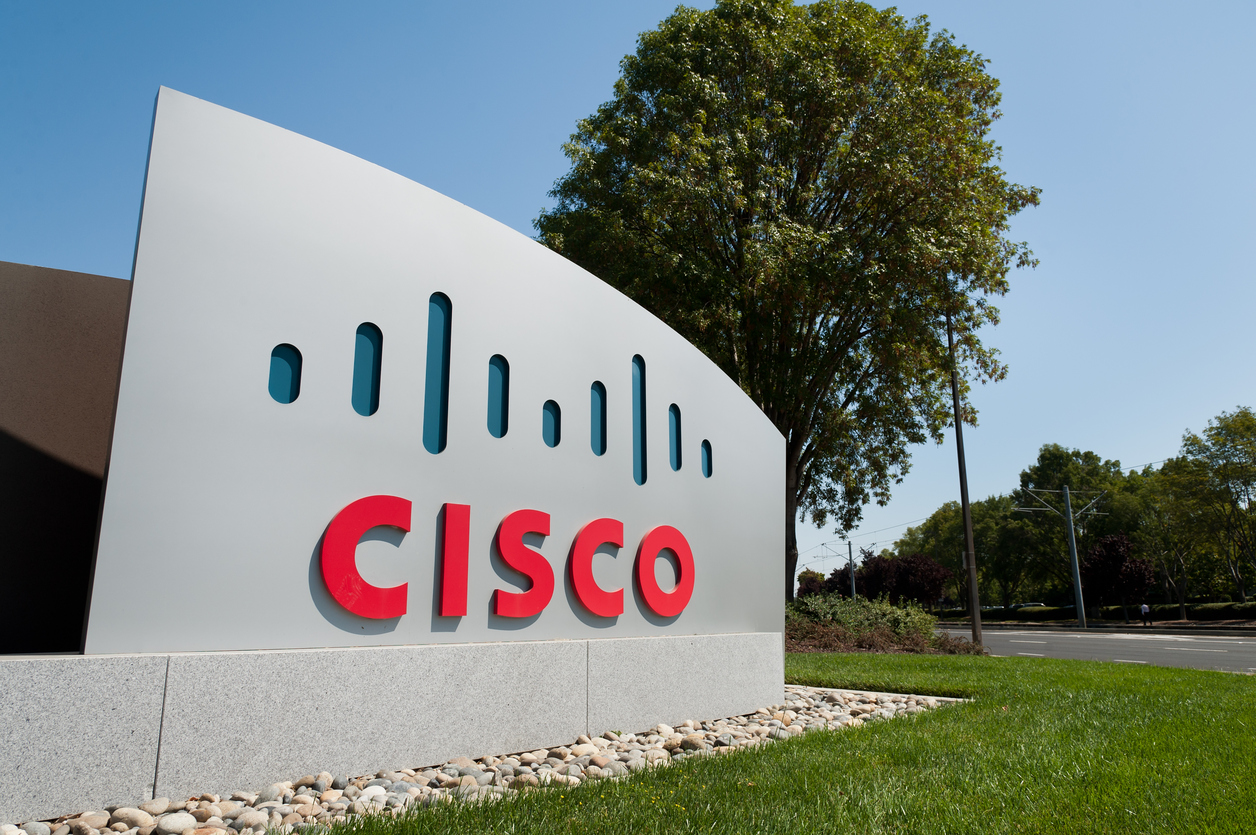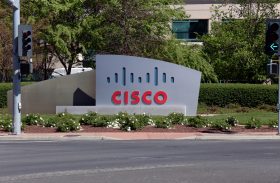Cumulus Networks Backs Voyager Open Optical

At the Open Computing Project (OCP) 2018 conference this week much of the focus from a networking perspective will be on the progress being made on Voyager, an open packet optical transport system developed by Facebook that combines Layer 2 and 3 networking in a single box.
Cumulus Networks at OCP will be demonstrating an instance of its network operating system running on Voyager during the OCP conference that just went into trials. The goal is to make Cumulus Linux generally available in June.
The goal is to substantially reduce the cost of data center to data center networking that requires optical transports, says Ami Badani, vice president of marketing for Cumulus Networks.
“Most of the interest in Voyager is coming from universities and service providers,” says Badani.
Access to the trial is being provided via ADVA, a technology partner of Cumulus Network. Organizations participating in the trials include Vodafone; NYSERNet and Internet2, non-profit research and education networks in the U.S.; GRnet, a national research and education network in Greece; and CESNET, an operator of national e-infrastructure for science, research, development, and education based in Czech Republic.
Badani says the savings generated by Voyager go well beyond reducing proprietary Layer 2 and Layer 3 networking hardware. The operational costs associated with managing a single integrated optical transport system should be much less as well.
It may take a while before Voyager becomes widely deployed. But it’s apparent that there is a significant potential to flatten the networking infrastructure at a time when cloud computing is driving an increased need for networking services spanning multiple data centers, which is clearly a challenge Facebook is trying to solve to deliver web and mobile applications on a global basis.
Less clear is to what degree the availability of Voyager will force providers of existing optical transport systems to reevaluate their own networking architectures. While there is an opportunity to lower costs by integrating Layer 2 and 3 networking services, different teams with organizations typically manage those services. That in turn creates a significant amount of political inertia because neither team wants to cede control of a fiefdom. It’s usually not until theses teams are unified that organizations gain the political will to adopt a different approach to delivering network services. Of course, in some organizations the need to deliver network services at scale has already forced the issue.



















